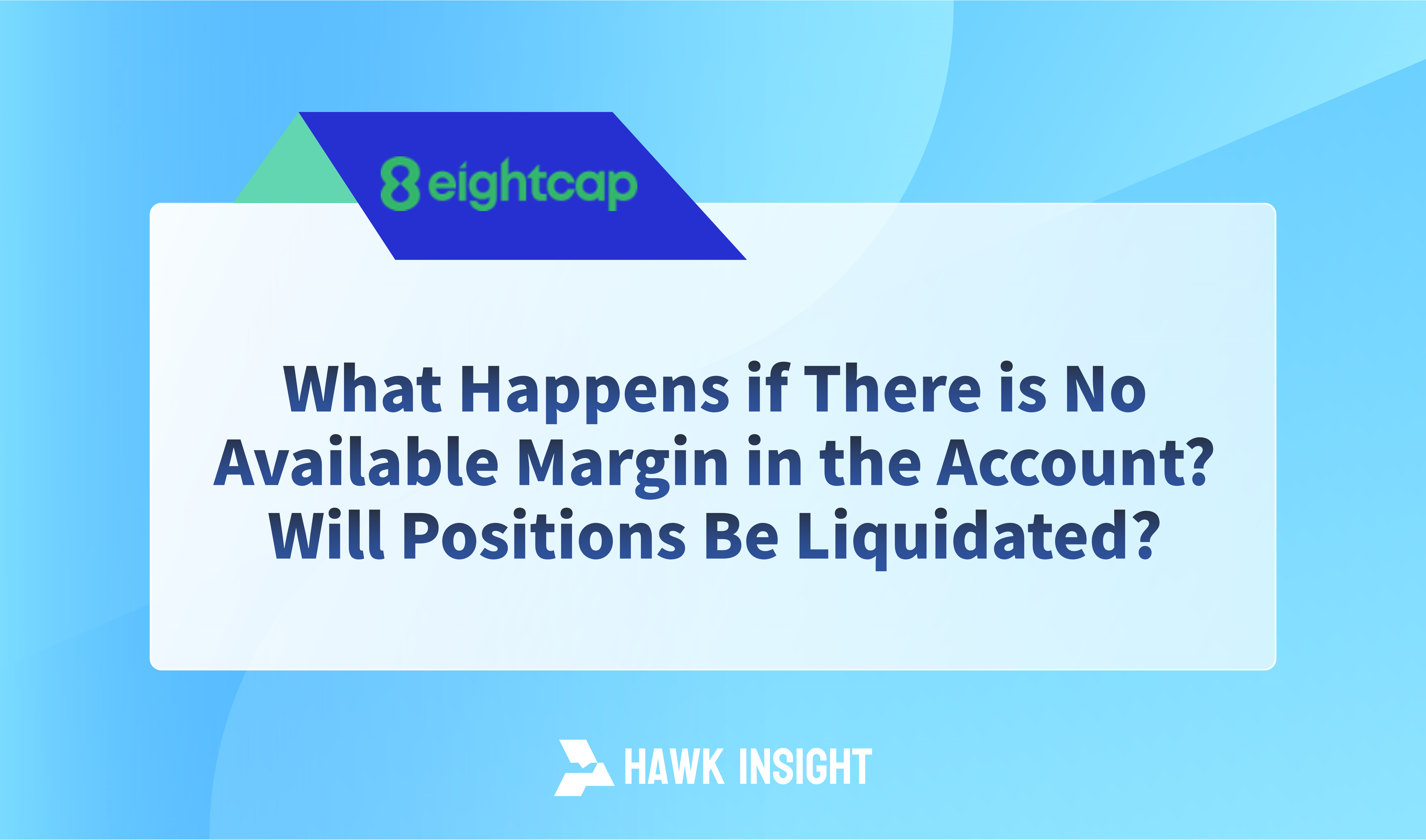In stock market trading, margin refers to the funds investors need to prepay when opening positions, typically calculated as a certain percentage, to cover potential loss risks. If an investor's account balance cannot meet the required margin level, they face the risk of their positions being forcibly liquidated.
According to market rules, if the available margin in an investor's account is insufficient to support the opened positions, the trading platform will enforce liquidation. This means investors are compelled to sell their held securities or other investments to cover the account's facing loss risks. This action aims to protect market stability and investor interests.
Additionally, if a stop-loss position's loss exceeds the account balance, it may result in a negative account balance. In such cases, investors bear additional loss responsibilities, potentially significantly impacting their financial situation.
For instance, if Investor A's account balance falls below the required margin level for their held positions, say 50%, the trading platform will automatically initiate a liquidation process. This ensures compliance with market rules and reduces systemic risks.
Therefore, investors engaging in stock market trading must fully understand and comply with various margin requirements and trading rules to avoid potential forced liquidation and debt risks. This not only helps protect the financial security of individual investors but also contributes to maintaining the overall health of the market.
By strictly adhering to margin requirements and risk management strategies, investors can more effectively manage their investment portfolios, increase the likelihood of trading success, and simultaneously mitigate potential risks arising from market fluctuations.
